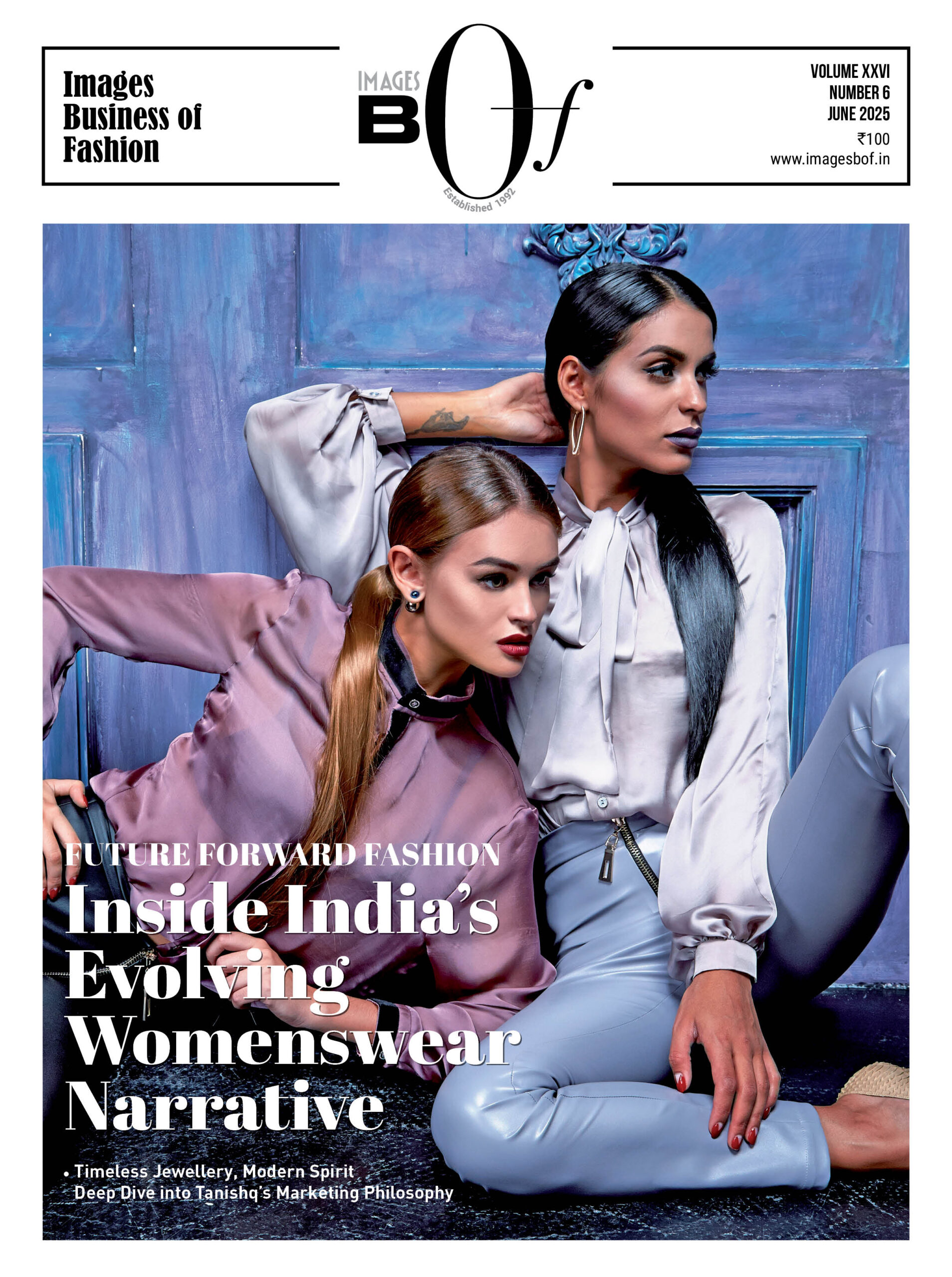India’s luxury market is on an impressive upswing. According to media reports, luxury goods purchased by Indian consumers are anticipated to triple by 2030.
Based on Euromonitor International, India’s luxury market is projected to be among the most dynamic markets in the world and is projected to reach a value of $8.5 billion by 2023, growing from $2.5 billion in 2021. A Bain & Co report even predicts that by 2030, the market for luxury goods in India could hit $200 billion.
This shift can be attributed to a combination of factors. These include a thriving economy, a burgeoning middle class, evolving consumer preferences, and a surge in spending on luxury goods even in tier 2 and 3 cities. Several high-end consumer brands are entering the Indian market, banking on the increasing affluence of Indian consumers.
Reasons for the Surge in Luxury Spending
Rising Disposable Income
The primary driver of the increased consumption of luxury goods in India is the escalating disposable incomes of the population. Over the next decade, India is poised to become the world’s fastest-growing economy due to its high demand for goods and services, robust infrastructure, and global competitiveness.
Despite economic downturns in other major economies, India is projected to maintain its growth trajectory and as the nation expands economically, more households and individuals are moving into the middle and upper-middle income brackets, affording them greater financial stability to indulge in luxury purchases.
Changing Demographics
India boasts the world’s youngest population, and this youthful demographic, buoyed by rising incomes, is steering a shift in lifestyles. The transition to aspirational and brand-conscious youth is propelling the luxury market forward.
Luxury brands resonate with these younger consumers, enabling them to express themselves and seek validation. These brands tap into the aspirations and desires of the young generation, making them a formidable force in the world of fashion.
Luxury brands are responding to these evolving trends by offering unique and immersive experiences, such as private shopping, luxury travel, and exquisite dining. This aligns with the Indian consumers’ need for unforgettable moments.
Urbanization
India is experiencing rapid urbanization, with more and more people shifting to cities and urban zones. Urban living is often accompanied by exposure to global trends and lifestyles that influence consumer behavior. Cities such as Mumbai, Delhi, and Bangalore are now hubs for luxurious retail catering to the rising urban demands for top-quality items.
While Mumbai is India’s richest city with a significant number of high-net-worth individuals (HNWIs), experts suggest that international brands should also focus on emerging cities like Bengaluru, Kolkata, and Hyderabad.
A Rising Number of Millionaires
The number of millionaires living in India is expected to increase by 105% between 2022 and 2026, according to a Credit Suisse report.
This rise is driven by a growing entrepreneurial spirit, a thriving middle class, increased e-commerce penetration, and demand from tier 2 and 3 cities.
Ultra-rich people increased 11 times in the past decade in India, and it is now third in the global billionaire population, following the US and China, according to the wealth report 2022 published by Knight Frank.
Increased Exposure to Global Luxury Brands
The opening up of the Indian market and growth of multinational corporations has brought a myriad of international high-end brands to Indian shores. The exposure to these brands via advertisements, social media and travel experiences has fueled the desire to purchase luxury items in Indian customers.
“It’s a hugely untapped market with the middle class on the rise, and more millionaires expected by year-end,” says Deborah Aitken, senior analyst for luxury products for Bloomberg Intelligence.
Conclusion
Valentino, Balenciaga, and Galeries Lafayette are a few of the luxury brands that have joined forces with Indian retailers over the past few months. Both Valentino and Balenciaga have signed agreements with Reliance Brands Ltd. Aditya Birla Fashion and Retail Limited has joined forces with Galeries Lafayette, the Parisian brand, to offer more than 200 designer and luxury brands in a vast flagship store.
The increase in spending on luxury by Indian customers is not just a passing trend but an indication of the changing desires and habits of a rapidly growing economy. As India’s market for luxury is maturing, this presents an opportunity for both domestic luxury brands like Taroob and global luxury brands to establish their roots further in the hearts of the Indian diaspora. To succeed in this fiercely competitive landscape, brands must be adaptable, change with the times, and cultivate enduring connections with Indian consumers.



